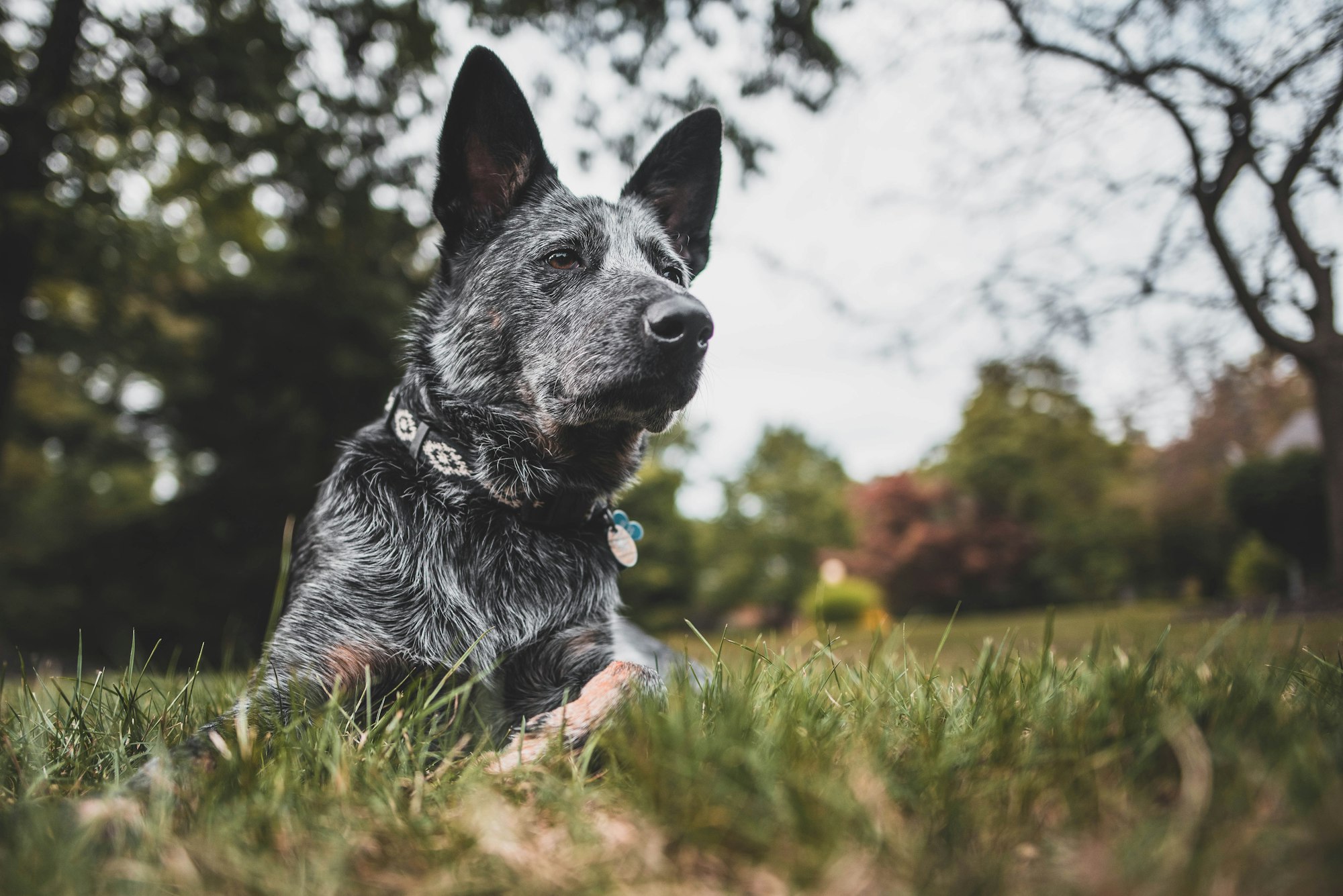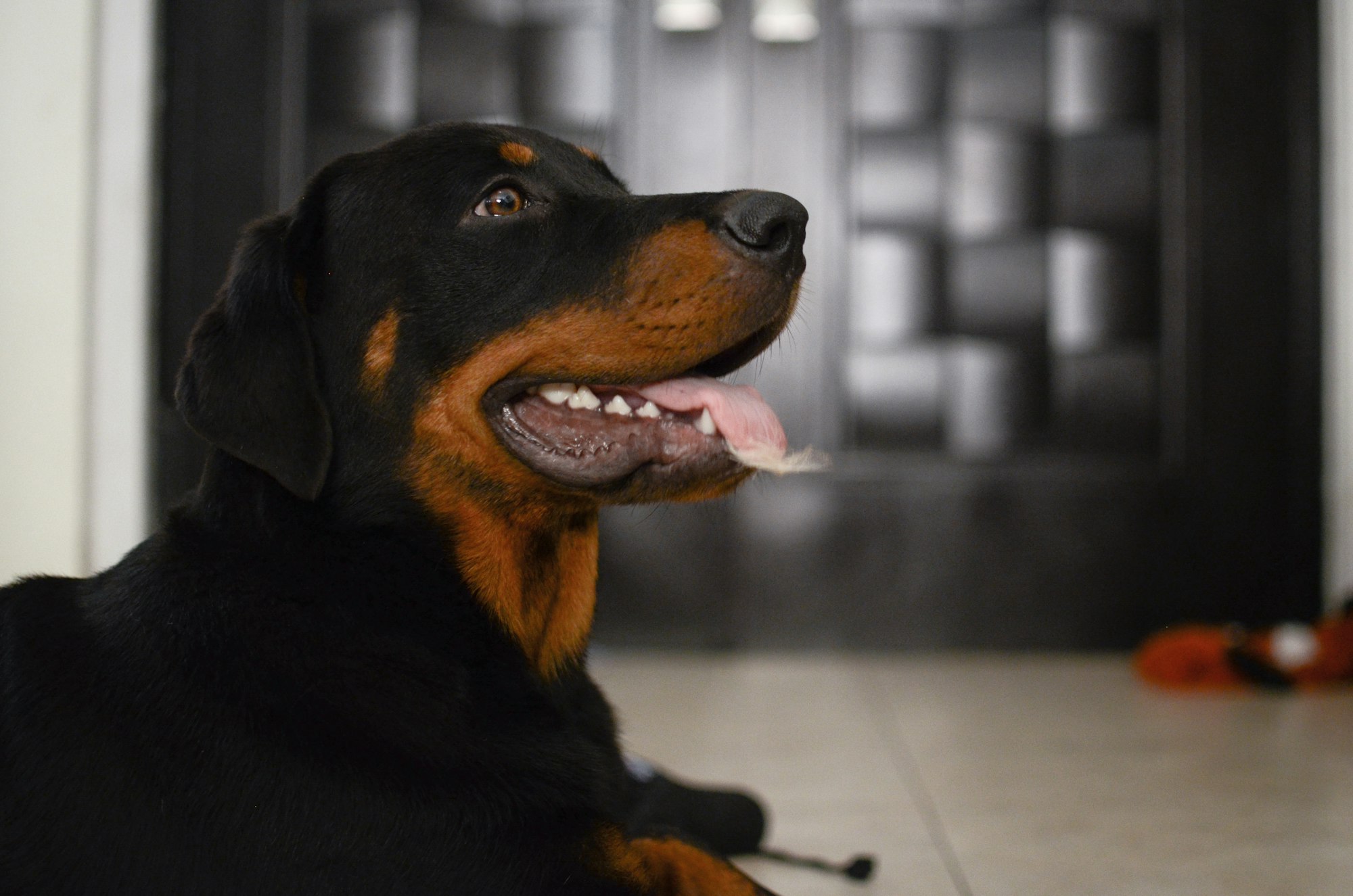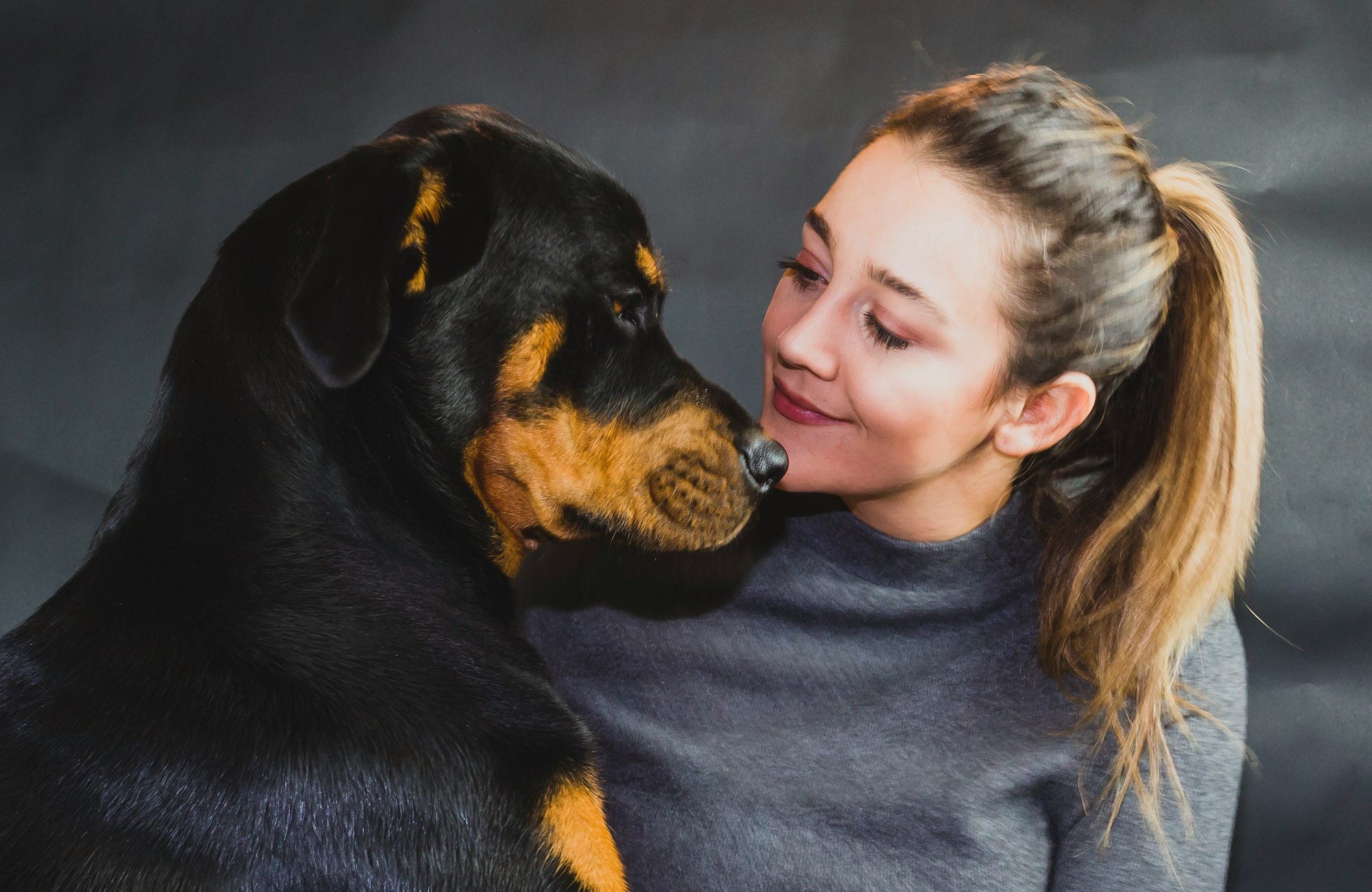Cattle dog breeds have long been valued for their intelligence, agility, and herding abilities. They have been bred specifically for working with livestock, helping farmers and ranchers in various tasks. Here, we will explore some of the most popular cattle dog breeds, highlighting their unique and common characteristics, choosing the right, caring tips, pros and cons, and suitability for different purposes.
Understanding Cattle Dog Breeds

History of Cattle Dog Breeds
Cattle dog breeds have a rich history dating back several centuries. They were originally developed to assist farmers and ranchers in managing livestock. These dogs exhibited exceptional herding instincts, intelligence, and stamina, making them invaluable assets in the agricultural industry. Over time, specific breeds emerged, each with its unique set of characteristics and working styles.
Common Characteristics
Cattle dog breeds share some common traits that make them suitable for herding and guarding purposes. They tend to be highly intelligent, alert, and energetic. Additionally, they possess a strong work ethic and an innate desire to please their owners. These dogs thrive in an environment that offers mental and physical stimulation, as they require plenty of exercise and tasks to keep their active minds engaged.
Popular Cattle Dog Breeds
1. The Australian Cattle Dog
The Australian Cattle Dog, also known as the Australian Heeler or Queensland Heeler, is a highly energetic and intelligent breed. They were originally developed in Australia to handle herding duties in harsh conditions. With their distinctive blue or red-speckled coat, they are known for their loyalty, agility, and endurance.
2. The Border Collie
The Border Collie is widely regarded as one of the most intelligent dog breeds. They have an exceptional ability to understand and respond to commands, making them excellent herding dogs. Border Collies are known for their intense focus, remarkable work ethic, and remarkable problem-solving skills.
3. The Blue Heeler
The Blue Heeler, also called the Australian Stumpy Tail Cattle Dog, is a versatile and hardworking breed. They are known for their strong herding instincts and protective nature. Blue Heelers are highly agile and excel in various dog sports and activities such as obedience, agility, and flyball.
4. The Red Heeler
The Red Heeler, or Australian Cattle Dog (ACD), is an alert and intelligent breed. They are known for their distinctive red coat and exceptional herding abilities. Red Heelers are highly trainable and often used in cattle herding trials and competitions. They are also known for their loyalty and protective nature.
5. The Texas Heeler
The Texas Heeler is a hybrid breed resulting from the crossbreeding of an Australian Cattle Dog and an Australian Shepherd. They combine the herding skills of both parent breeds and are known for their intelligence, agility, and versatility. Texas Heelers are often used in ranching and as working dogs in various capacities.
6. The Catahoula Leopard Dog
The Catahoula Leopard Dog, also known as the Louisiana Catahoula Cur, is a unique and versatile breed. They have a striking coat pattern and a strong work ethic. Catahoulas are known for their herding abilities, as well as their skills in tracking, hunting, and even treeing game.
7. The Bouvier des Flandres
The Bouvier des Flandres is a powerful and intelligent breed originally developed for herding cattle. They have a distinctive, shaggy appearance and a strong protective instinct. Bouviers are highly versatile and have been utilized in various roles, including police and military work.
8. The Rottweiler

The Rottweiler is a large and robust breed with a history of herding and guarding livestock. They are known for their strength, confidence, and loyalty. Rottweilers require early socialization and training to channel their protective instincts properly.
9. The Belgian Malinois
The Belgian Malinois is a breed known for its versatility and working abilities. While primarily recognized for their roles in police and military work, they also excel in herding. Belgian Malinois are highly intelligent, agile, and driven, making them excellent working dogs.
10. The Pembroke Welsh Corgi
The Pembroke Welsh Corgi, despite its small size, is an efficient herding dog breed. They are known for their intelligence, agility, and strong herding instinct. Corgis are beloved for their charming appearance and cheerful disposition.
11. The Beauceron
The Beauceron is a large and powerful herding breed originating from France. They are known for their exceptional intelligence, loyalty, and versatility. Beaucerons excel in various tasks, including herding, obedience, tracking, and protection work.
12. The Bernese Mountain Dog
The Bernese Mountain Dog is a gentle giant with a robust herding heritage. They are known for their calm and friendly nature, making them excellent family companions. Bernese Mountain Dogs have a thick, tricolored coats and are highly adaptable to various environments.
13. The Great Pyrenees
The Great Pyrenees, AKA the Pyrenean Mountain Dog, is a majestic breed with a long history of herding livestock. They are known for their protective instincts and gentle demeanor. Great Pyrenees excel in guarding and are valued for their dedication and loyalty.
Choosing the Right Cattle Dog Breed for You
Choosing the perfect cattle dog breed requires careful consideration of various factors. Here are some key aspects to keep in mind:

Activity Level
Different cattle dog breeds have varying activity levels. Some breeds, like the Border Collie, require a substantial amount of exercise and mental stimulation to thrive. On the other hand, breeds like the Pembroke Welsh Corgi may be content with shorter daily walks. Assess your own lifestyle and activity level to find a breed that aligns with your energy and exercise requirements.
Trainability
Cattle dog breeds are known for their intelligence and trainability. However, some breeds may be more stubborn or independent than others. If you're a first-time dog owner or prefer a breed that is easier to train, opt for a breed with a reputation for being highly trainable and responsive to commands.
Size and Space Requirements
Consider the size and space requirements of different cattle dog breeds. Some breeds, like the Australian Cattle Dog, are medium-sized and require ample space to move around comfortably. Others, such as the Pembroke Welsh Corgi, are small and can adapt well to apartment living. Ensure that your living environment can accommodate the size and energy level of the chosen breed.
Coat Care
Cattle dog breeds have varying coat types, ranging from short and low-maintenance to long and more demanding in terms of grooming. Take into account your willingness to invest time and effort into coat care. Long-haired breeds, like the Red Border Collie, may require regular brushing and occasional grooming to maintain their coat's health and appearance.
Health Considerations
It's crucial to be aware of potential health issues associated with specific cattle dog breeds. Some breeds are prone to certain genetic conditions or hereditary diseases. Research the health history of the breed you're interested in and consider consulting with a veterinarian to gain a better understanding of any potential health risks.
Caring for Your Cattle Dog

Owning a cattle dog comes with specific responsibilities to ensure their well-being and happiness. Here are some essential aspects of caring for your cattle dog:
Exercise and Mental Stimulation
Cattle dog breeds thrive on physical exercise and mental stimulation. Engage in regular activities such as brisk walks, jogging, or playing interactive games like fetch. Provide them with puzzle toys or enroll them in dog sports or obedience classes to keep their minds sharp and prevent boredom.
Training and Socialization
Early training and socialization are crucial for cattle dog breeds. Start training your dog from a young age using positive reinforcement techniques. Socialize them with various people, animals, and environments to develop good manners and ensure they grow into well-rounded dogs.
Grooming and Coat Care
Each cattle dog breed has specific grooming requirements. Regular brushing, nail trimming, and teeth cleaning are essential for maintaining their overall hygiene. Consult breed-specific guidelines or seek advice from professional groomers to establish an appropriate grooming routine.

Nutrition and Feeding
Provide your cattle dog with a well-balanced diet that meets their nutritional needs. Consult with a veterinarian to determine the appropriate portion sizes and dietary requirements based on their age, size, and activity level. Ensure access to fresh water at all times.
Health Monitoring
Stay vigilant about your cattle dog's health and schedule regular veterinary check-ups. Vaccinations, preventive medications, and routine examinations can help detect and address any potential health issues before they become serious. Be observant of any changes in behavior, appetite, or physical appearance, and consult a veterinarian if necessary.
Pros and Cons of Owning a Cattle Dog
Benefits of Cattle Dog Ownership
· Intelligent and trainable companions.
· Loyal and protective nature.
· Energetic and active, making them suitable for outdoor enthusiasts.
· Strong work ethic and willingness to please.
· Potential for participating in dog sports and activities.
Potential Challenges
· High exercise and mental stimulation requirements.
· Can be prone to boredom and destructive behaviors if not adequately stimulated.
· Some breeds may exhibit stubbornness or independence.
· Grooming needs vary among different cattle dog breeds.
· Certain breeds may have potential health issues.
Conclusion
Cattle dog breeds offer a wide range of traits and abilities suited for different purposes. Whether you need a herding dog for your ranch or a loyal companion for your family, there is a cattle dog breed that can fulfill your requirements. Understanding the unique characteristics of each breed will help you make an informed decision when choosing good family dogs that match your lifestyle and needs.
FAQs
Q1: Are cattle dog breeds suitable for families with children?
Yes, many cattle dog breeds can be excellent companions for families with children. However, it's important to note that some breeds may have higher energy levels or herding instincts, requiring proper training and socialization to ensure a harmonious environment.
Q2: How much exercise do cattle dogs need daily?
A: Cattle dogs are highly active and typically require at least one to two hours of vigorous exercise each day. Engaging them in mentally stimulating activities, such as obedience training or interactive games, is also crucial to prevent boredom.
Q3: Are cattle dog breeds easy to train?
Cattle dog breeds are generally intelligent and trainable. However, their high intelligence and energy levels require consistent and positive training methods. Early socialization and obedience training are crucial for their development.
Q4: Can cattle dog breeds live in apartments or small houses?
While some cattle dog breeds can adapt to living in apartments or small houses, it's crucial to provide them with ample exercise and mental stimulation. They thrive best in environments where they have enough space to roam and engage in activities.
Q5: Are cattle dog breeds prone to any specific health issues?
Like all dog breeds, cattle dog breeds may have certain predispositions to specific health issues. It's critical to research the breed you are interested in and consults with a reputable breeder or veterinarian to understand potential health concerns and how to best care for your dog.
Q6: Do cattle dogs get along well with other pets?
A: Cattle dogs can generally coexist with other pets if properly socialized from an early age. However, their herding instincts may lead them to chase or nip at smaller animals. Proper introductions and gradual acclimation can help foster positive relationships.
Q7: Can I adopt a cattle dog from a rescue or shelter?
A: Yes, many cattle dog breeds can be found in rescue organizations and shelters. These dogs can make wonderful companions, and adopting from a shelter provides a second chance for a deserving dog. Ensure you understand the dog's background and any specific needs or behavioral considerations before adopting.
In conclusion, cattle dog breeds are a diverse group of intelligent and capable dogs that excel in various working roles. Whether you're looking for a skilled herder, a loyal family companion, or a versatile working dog, there is a cattle dog breed that suits your needs. By understanding their unique traits and characteristics, you can make an informed decision when welcoming a cattle dog into your life. Remember to provide them with proper care, training, and love, and they will reward you with unwavering loyalty and dedication.

